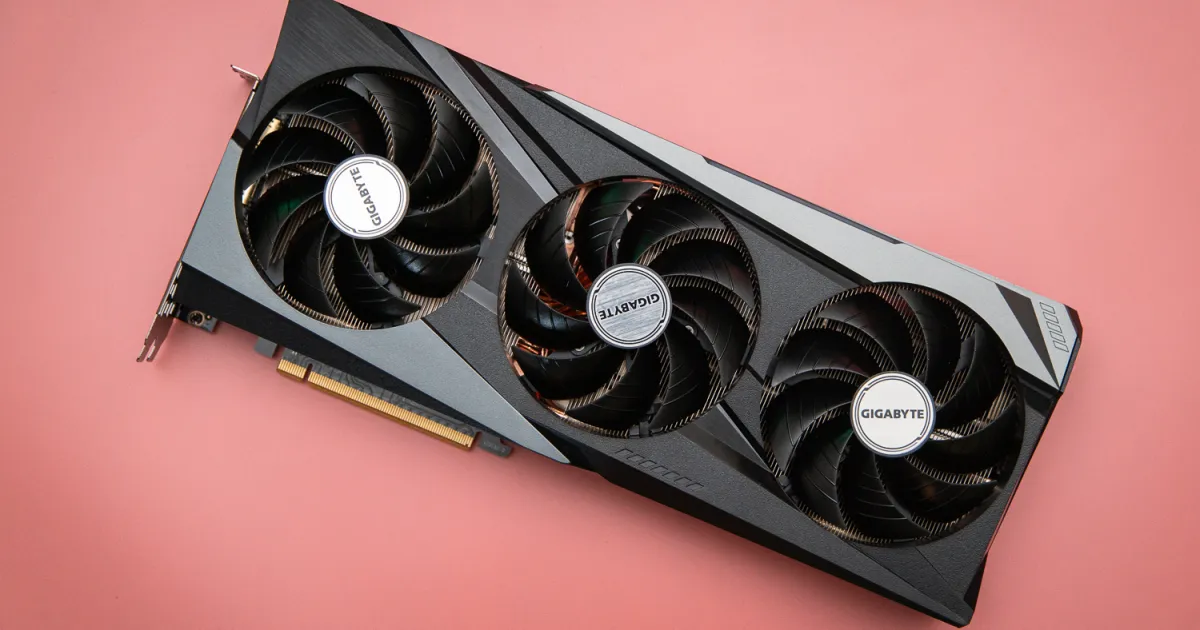Actually you are trying to mislead people and avoid questions. Still waiting to know if you watched the video.
I have raised the issue of both power usage and power efficiency, sorry that you don't grasp that they are both important and that rather than engaging in a constructive discussion you are coming across as rude IMO.
Power usage is important for a number of reasons, and I stated that the 3080 is more of a power hog than the Fermi 480. Power usage is both accurate and technically correct, you are the one trying to mislead people and can't understand the difference. Power usage is the amount of energy a card uses, not how productive, energy efficient it is when using that power, eg the Nvidia 4070 is more efficient than the 3080 but has a lower power usage than the 3080
So when people state that they would rather have a gpu that uses more power eg, 300 watts plus than nearer than 200 there are consequences of that decision, eg
1. More energy is used = gpu is costlier to run over time
2. A more expensive psu is needed, and perhaps a new one, which adds to the cost of using the gpu
3. More cooling is needed, so more expensive cooler on the gpu and perhaps air conditioning, eg in data centres
4. More green house gases are produced and damage to the environment
Power efficiency is a target when designing a new gpu because of the above factors. AMD has set power usage ceilings and power efficiency targets. Nvidia haven't been as focused on keeping power usage as low and energy efficiency as high as AMD when comparing the 3000 series to the 6000 series.
AMD predicts that high-performance graphics cards are on the horizon, and that means an increase in power consumption: Up to 700 watts.

www.digitaltrends.com
"This clearly implies that AMD is aiming for a huge 50% performance-per-watt improvement for RDNA 3 GPUs versus the current generation of cards. AMD is currently the only manufacturer that has plenty of expertise in creating both mainstream graphics cards and processors, and as such, it’s able to utilize some of its CPU ideas in the creation of new GPUs — reducing bus widths and adding a large Infinity Cache comes to mind.
Thus far, it’s mostly been true that AMD is often more power-conservative than its competitors. As an example,
Nvidia’s GeForce RTX 3090 Ti has a 450-watt TDP, while AMD’s flagship Radeon RX 6950 XT keeps things more reasonable at 335 watts. The next generation of GPUs for both manufacturers is still a subject of speculation, but it won’t be a surprise if AMD continues to keep things slightly more efficient — although perhaps sometimes at the expense of performance.
RDNA 3 GPUs are set to release later this year and instantly made to compete with Nvidia’s RTX 40-series graphics cards. Let’s hope that AMD’s power-efficiency focus will save many customers from buying a new power supply."
I hope that this helps with your comprehension but I suggest that you put a comment in the hardware unboxed review to Steve that you do not understand his section about power usage







